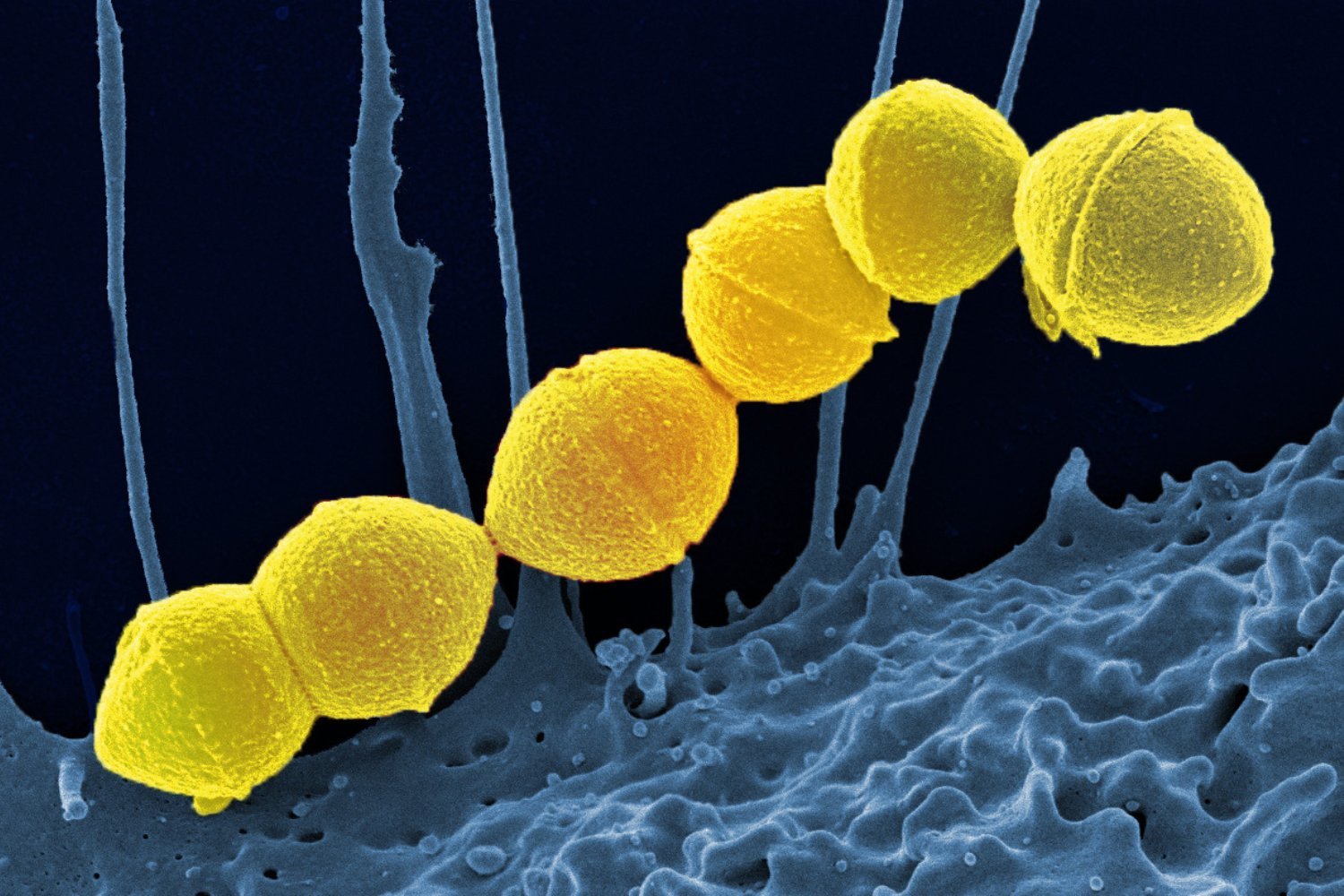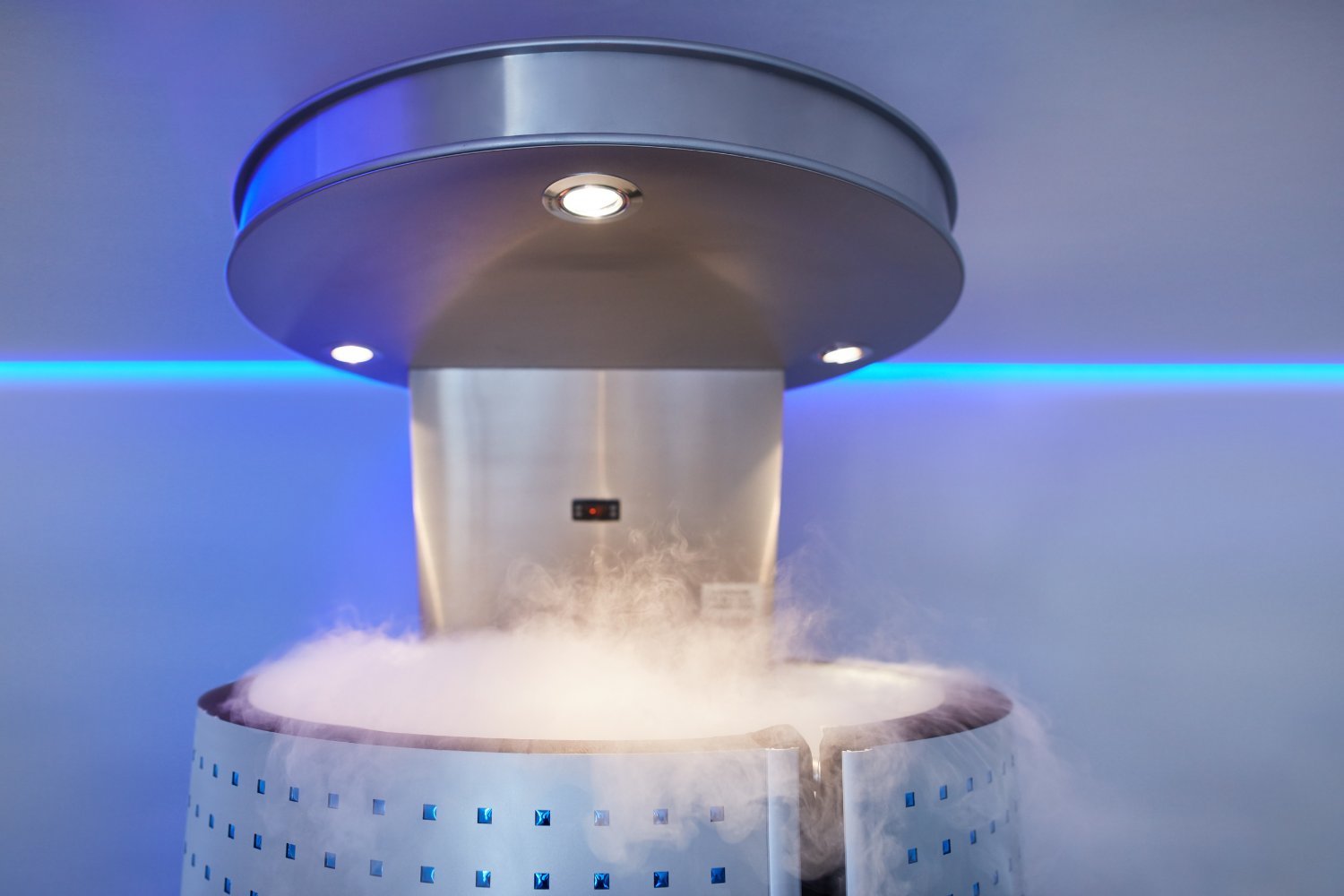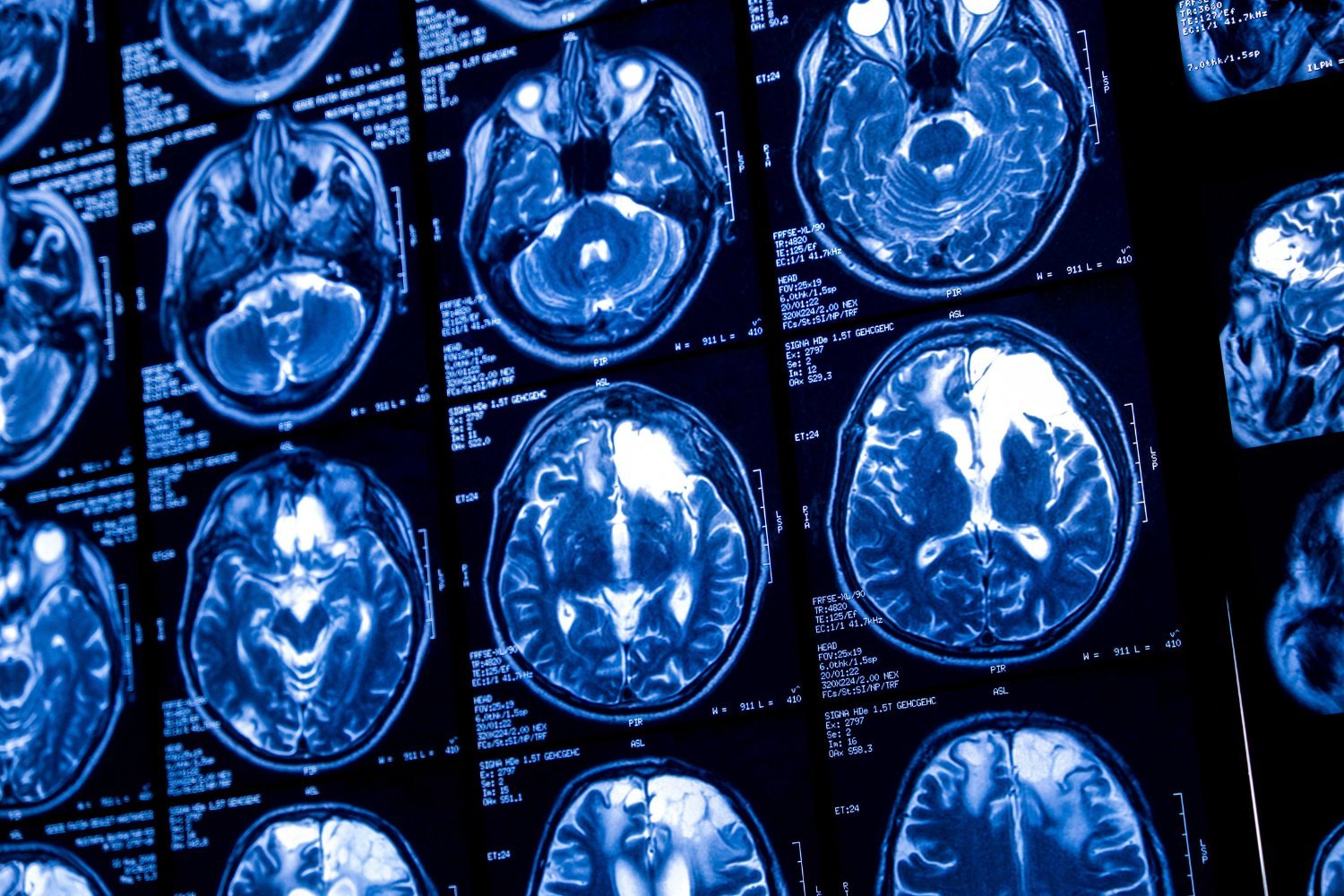A recent study published in JAMA Internal Medicine suggests that computed tomography (CT) scans may contribute to a higher number of cancer cases than previously thought. Researchers at the University of California, San Francisco, analyzed data from 2023, estimating that over 100,000 cancers could develop among the millions of individuals who underwent CT scans that year. This raises questions about the balance between the benefits and potential risks of this widely used diagnostic tool.
CT scans are invaluable for diagnosing various medical conditions, guiding procedures, and screening for potential health problems. However, they involve exposure to ionizing radiation, a known carcinogen. While much of the existing research on radiation-induced cancer stems from studies of atomic bomb survivors, recent studies have also linked CT scan radiation exposure to increased cancer risk in children and young adults. This prompted the UCSF researchers to conduct a comprehensive analysis of lifetime cancer risk associated with CT scans across all age groups.
Based on national survey data from hospitals and imaging labs, the researchers estimated that 93 million CT scans were performed on 61.5 million people in 2023. Using radiation dose estimates and scan location data, they calculated that approximately 100,000 radiation-induced cancers could arise from these exams. This estimate is three to four times higher than previous studies, according to the authors.
With approximately two million new cancer diagnoses annually in the U.S., the study suggests that if current CT scan usage and radiation doses remain constant, CT scans could account for about 5% of all new cancer cases each year. This projected risk level is comparable to that associated with obesity (7.6%) and alcohol consumption (5.4%). The authors emphasize the importance of recognizing the potential harms of CT scans, even if the individual cancer risk is small, given the sheer volume of CT scans performed.
However, some experts question the study’s findings. Mark Supanich, head of Diagnostic Medical Physics at Rush University, believes the cancer estimates are likely overstated. He argues that including patients undergoing diagnosis or treatment for serious illnesses in the calculations inflates the theoretical future cancer risk. While the authors attempted to address this by excluding tests performed in the last year of life (and in a secondary analysis, the last two years), Supanich suggests a longer exclusion period is necessary.
Furthermore, Supanich points out that the understanding of low-dose radiation’s contribution to cancer risk is still evolving. He advises caution in interpreting claims about CT scans causing a large number of cancers and criticizes the comparison to risk factors like alcohol and obesity as inappropriate and potentially harmful.
The study authors advocate for reforms in CT scan practices, such as reducing the frequency of scans in certain situations and minimizing radiation doses per test. Supanich acknowledges progress in these areas, citing a 2019 report indicating a 20% decline in average medical radiation dose per test (including CT scans) over the previous decade.
Despite the study’s concerning implications, it’s unlikely to be the definitive answer on CT scan cancer risk. Supanich reassures that individuals shouldn’t be overly worried about undergoing necessary CT scans, given their significant benefits, including early cancer detection. He emphasizes that the theoretical risks for any individual are minimal compared to overall cancer incidence rates (approximately 40% lifetime risk) and the substantial advantages of CT scanning.











